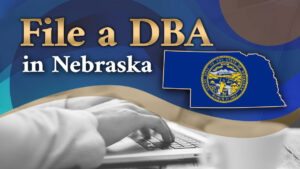Why a Policy for Making Decisions?
How often have you heard Board members assert that they’d made a decision, when they really hadn’t — all they had done was talk about a topic for a long while?
Or, how often have some Board members or the Executive Director asserted that a decision had been made, but other members didn’t remember making that decision at all?
Or, how often had Board members made a decision by a majority vote, but the members in the minority claimed it was “not their decision”?
First, a Necessary Prerequisite for Good Decisions
For good decisions to be made about a topic — and for all to recognize that indeed a decision had been made, the organization should have:
- Sent out the Board meeting materials well before the meeting
- Put the topic on the meeting agenda
- Listed the type of action needed for the topic, e.g., a decision needs to be made
- Associated a specific amount of time in the meeting to address that topic
Sample Procedure to Make Formal Board Decisions
As long as a quorum of Board members is present in the meeting:
- Board members discuss/debate and then decide within the time allotted on the agenda.
- Consensus is attempted within that time.
- If consensus cannot be achieved, then a seconded motion is sufficient to call a majority vote to delegate to a committee to gather more information by a certain time frame.
- If delegation is not selected by a majority vote, then a seconded motion is sufficient to call a vote about a certain suggested outcome of the decision.
- The decision outcome goes to the majority vote.
- The decision is documented in the next issue of Board minutes.
- In the future, all Board members must support the decision – they must speak from “one voice.”
What do you think?
———————————————————————————
Carter McNamara, MBA, PhD – Authenticity Consulting, LLC – 800-971-2250
Read my weekly blogs: Boards, Consulting and OD, Nonprofits and Strategic Planning.
 Sections of this topic
Sections of this topic
















